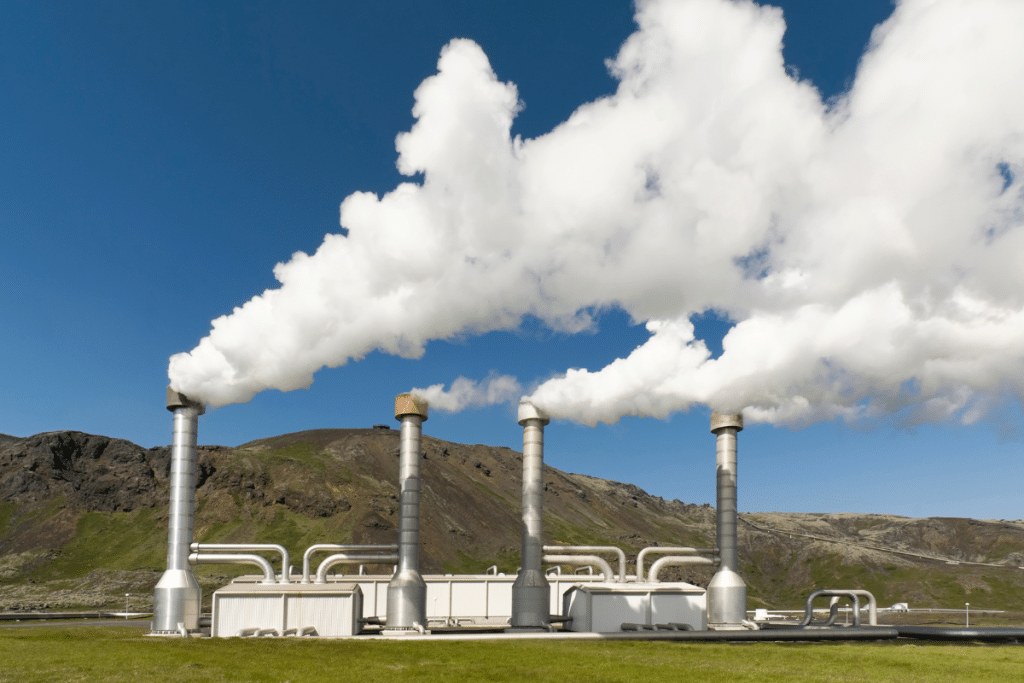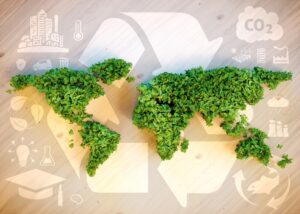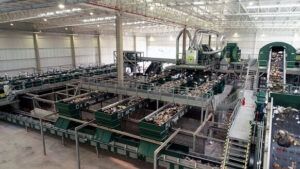
Source: Portal Tratamento de Água – 05/03/25
Incineration produces electricity, and the emitted gas can be captured for industrial use
The transformation of waste into energy is starting to gain traction both as a way to dispose of urban solid waste and to generate extra revenue for companies in the sector. Currently, Brazil produces around 81 million tons of waste annually, according to the Brazilian Association of Waste and Environment (Abrema). A portion of this is sent to landfills, where energy generation projects are being developed.
A solution that is far from unanimous, mainly due to the high costs involved, is set to begin operating in Barueri, in the metropolitan area of São Paulo, in two years: waste incineration for energy generation. The Barueri Energy Recovery Unit (URE), the first of its kind in Latin America, will process solid waste from the city’s garbage collection system and from the neighboring municipalities of Carapicuíba and Santana do Parnaíba, as well as corporate clients, who will pay R$ 100 per ton of waste processed.
The project received a total investment of R$ 550 million, with 80% from the company responsible for operations, and the remaining 20% from Sabesp. The plan is to process 300,000 tons of solid waste annually, generating 20 megawatts (MW) of installed capacity, enough to meet the electricity consumption of 320,000 people.
“In environmental terms, the entire plant will pollute less than a residential fireplace,” says Milton Pilão, CEO of the Orizon Group. “However, in terms of economic-financial viability, we know that the best solution for cities remains the sanitary landfill,” he adds.
This is the position defended by Abrema.
“Incineration is expensive. It costs up to six times more than a landfill. Additionally, it is not viable as an energy alternative. If the average price of electricity produced in Brazil is around R$ 150 per megawatt/hour, that produced by incineration costs no less than R$ 600,” says Pedro Maranhão, president of the entity. Erik Rego, professor of Energy Markets at the Polytechnic School of the University of São Paulo (Poli-USP), agrees. “And in the end, who pays the bill? The consumer, through subsidies included in the electricity bill. But is this fair? Charging consumers for waste management?” he questions.
The Brazilian Association for Energy Recovery from Waste (Abren), on the other hand, defends that the impact on electricity bills is negligible. According to the association, the investment for installing a plant that processes 750 tons of waste daily through incineration would be around R$ 1 billion, with a generation of approximately 20 MW/hour, the sale of which would need to be subsidized to make it feasible.
“Considering the annual revenue of energy distributors of R$ 300 billion, an increase of only 0.06% in the electricity tariff would be necessary. This tariff impact is negligible compared to the benefits,” says Yuri Schmitke, executive president of Abren.
The São Paulo City Hall is building two such plants, expected to open in 2028, with the capacity to process 1,000 tons of waste per day, generating 30 MW.
“All European capitals have sustainable energy recovery plants. Even Australia, which has no space problems, is moving forward, because for every ton of waste treated in an energy recovery unit, approximately 1,735 kg of CO2 equivalent is avoided compared to landfills,” says Schmitke.
Incinerating waste to generate energy, however, does not make sense in all locations, according to experts.
“The solution is appropriate in contexts like Japan, a country that generates about 43 million tons of municipal solid waste (MSW) and sends 74% of it to nearly a thousand energy recovery plants, due to severe space restrictions,” says Carlos Silva Filho, advisor in the waste sector at the United Nations, citing data from the Global Waste Management Outlook 2024 report.
Abrema believes that the best option in Brazil is capturing the gas generated at landfills.
“We have already managed to extract 90% of the methane from the waste and reuse it,” says Maranhão.
The entity reminds that the country still has 3,000 open-air dumpsites.
The use of biomethane led Iconic, a joint venture between Ultragaz and Chevron for lubricant manufacturing, to reduce its greenhouse gas emissions by 43% from 2023 to 2024, according to Roberta Teixeira, director of technology and innovation at the company. The gas used in operations in Duque de Caxias (150,000 m3/month) is supplied by Ultragaz, which produces it through the processing of 1,000 tons of landfill waste daily. The company, whose portfolio includes 100,000 customers, sold 573 million liters of lubricants in the last two years.
“We invested R$ 6.7 million last year in decarbonization projects,” says Teixeira.
There are also small-scale projects. Ciep 441 – Mané Garrincha, a state school in Magé, in Baixada Fluminense, installed a biodigester last year, in partnership with the Federal University of Rio de Janeiro (UFRJ), which transforms one ton of food scraps into biogas each month, used to cook meals in the school’s kitchen. The production is equivalent to one 13-kilogram gas cylinder per month, which would cost around R$ 100.
“The biggest gain is not financial, but educational. Our students learn lessons about waste management that they will carry for life,” says Sidney Cardoso Santos Filho, deputy principal of the school and one of the project coordinators.
Source: Valor



